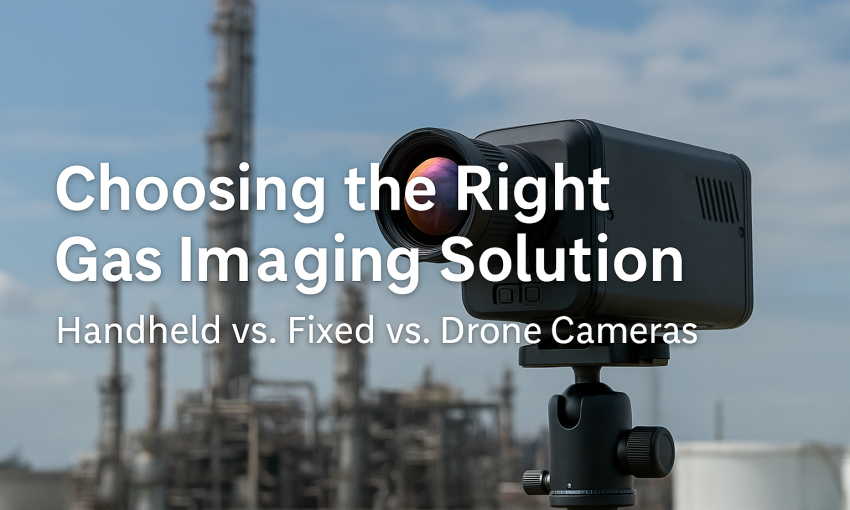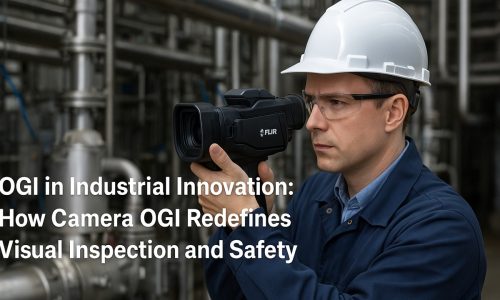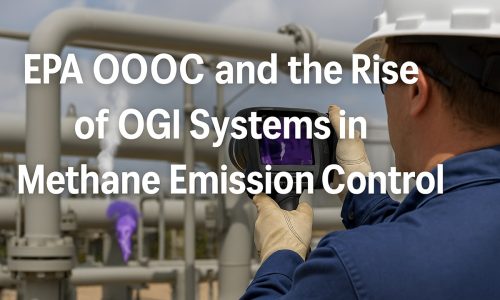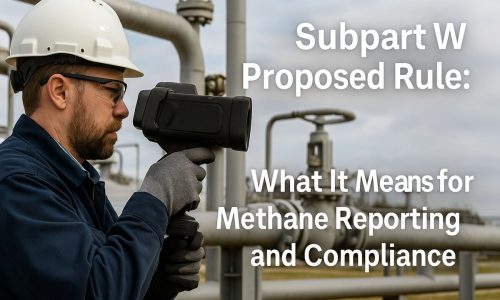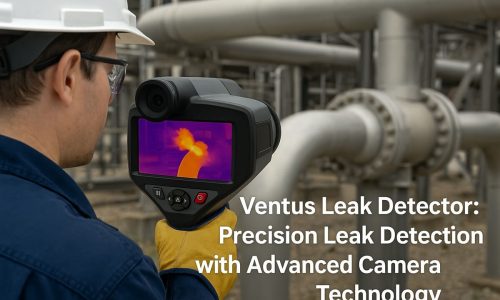Introduction: The Growing Need for Gas Imaging
Leaks of methane, VOCs, and other hazardous gases are one of the biggest challenges for industries such as oil & gas, chemical processing, and power generation. Detecting these emissions early prevents costly downtime, protects workers, and ensures compliance with strict environmental regulations. In recent years, gas imaging has become the gold standard for leak detection. Unlike traditional sensors, which provide limited point readings, an optical gas detector can visualize invisible emissions in real time. This gives decision-makers a powerful tool for safety, sustainability, and efficiency.
But with so many options available—handheld units, fixed-mount systems, and drone-mounted solutions—the question arises: which technology is the best fit? Choosing the right approach depends on the size of the facility, inspection frequency, budget, and long-term goals.
Handheld Gas Cameras: Flexibility and Control
Handheld gas cameras are the most versatile choice for operators who need flexibility. They allow technicians to move freely around equipment, inspect valves, tanks, and pipelines up close, and confirm leak sources instantly. Optical gas imaging cameras used in handheld form factor are particularly useful for LDAR (Leak Detection and Repair) programs, because they enable targeted inspections that meet EPA and international compliance standards.
Advantages:
-
Flexible and portable for route-based inspections
-
Immediate verification of leaks during routine checks
-
Lower upfront cost compared to permanent systems
Limitations:
-
Labor-intensive, requiring trained personnel on-site
-
Inspection frequency limited to planned schedules
-
Coverage gaps possible between inspections
For smaller facilities or companies starting their journey with gas imaging, handheld solutions are a cost-effective entry point that delivers significant safety and compliance benefits.
Fixed Optical Gas Imaging Cameras: Continuous Monitoring
While handheld systems are excellent for periodic checks, fixed optical gas imaging cameras provide continuous monitoring of critical points. Installed permanently around compressors, storage tanks, or pipelines, these cameras deliver 24/7 surveillance and real-time alerts when emissions occur.
Advantages:
-
Continuous monitoring for high-risk assets
-
Automated alerts integrated with plant safety systems
-
Reduces reliance on manual inspections
Limitations:
-
Higher upfront investment
-
Limited to the areas where cameras are installed
-
Requires integration with existing monitoring systems
For large-scale industrial sites with complex infrastructure, fixed optical gas detector systems offer unmatched reliability. They reduce the likelihood of undetected leaks and provide essential documentation for regulatory compliance and ESG reporting.
Drone-Mounted Gas Imaging: Accessing Hard-to-Reach Areas
Drone-mounted gas cameras represent the cutting edge of inspection technology. By combining aerial mobility with optical gas imaging cameras, drones can cover vast areas quickly, reach inaccessible equipment, and scan pipelines, flare stacks, or offshore platforms with minimal risk to personnel.
Advantages:
-
Ideal for remote or dangerous environments
-
Rapid inspection of large facilities
-
Reduces exposure risks for workers
Limitations:
-
Requires trained drone pilots and regulatory approval
-
Battery life and weather conditions can limit usage
-
Higher operational costs depending on deployment scale
Drone-based gas imaging is increasingly popular among forward-looking companies aiming to improve efficiency while minimizing safety risks. It complements handheld and fixed systems by expanding coverage to previously unreachable assets.
Cost, ROI, and Long-Term Savings
When evaluating solutions, decision-makers must balance upfront costs with long-term value. Handheld gas cameras typically require lower capital investment but rely heavily on trained staff for ongoing inspections. Fixed systems demand higher initial spending but offer automated, continuous monitoring that reduces labor costs over time. Drone-mounted solutions add flexibility but may involve recurring expenses for pilots, training, and regulatory compliance.
Key ROI drivers include:
-
Reduced product loss from undetected leaks
-
Lower regulatory fines and penalties
-
Enhanced worker safety and fewer accidents
-
Improved ESG performance and corporate reputation
By weighing these factors, companies can design a gas imaging strategy that balances immediate needs with long-term goals. Often, the most effective approach combines all three: handheld units for routine checks, fixed systems for critical points, and drones for wide-area or difficult-to-access assets.
| Feature | Handheld Gas Camera | Fixed Gas Imaging Camera | Drone-Mounted Gas Camera |
|---|---|---|---|
| Flexibility | High – portable and easy to use on-site | Low – installed in fixed positions | Medium – depends on flight range and weather |
| Coverage | Limited to technician’s route | 24/7 continuous monitoring of critical points | Large areas, remote assets, hard-to-reach equipment |
| Investment | Low – entry-level cost | High – requires permanent installation | Medium/High – equipment + pilot training |
| Best For | Routine inspections and LDAR programs | High-risk assets needing constant monitoring | Pipelines, offshore platforms, large facilities |
| ROI Drivers | Fast leak confirmation, lower upfront cost | Automation, reduced labor costs, compliance | Efficiency, worker safety, wide coverage |
Building a Comprehensive Gas Imaging Strategy
Choosing the right gas imaging solution is not about selecting one technology over another—it’s about creating the right mix. Handheld optical gas detectors provide flexibility, fixed optical gas imaging cameras deliver continuous surveillance, and drone-mounted gas cameras open new frontiers for inspection. Together, these technologies form a robust, proactive approach to leak detection that improves safety, ensures compliance, and delivers measurable ROI.
For industries facing the dual pressures of regulatory compliance and sustainability goals, investing in the right gas imaging solution is not only smart—it is essential.
Gas Imaging – FAQs
What is an optical gas detector?
What are optical gas imaging cameras used for?
When should I choose a handheld gas camera?
What is the advantage of fixed gas imaging cameras?
How do drone-mounted gas cameras add value?
Which option delivers the best ROI?

